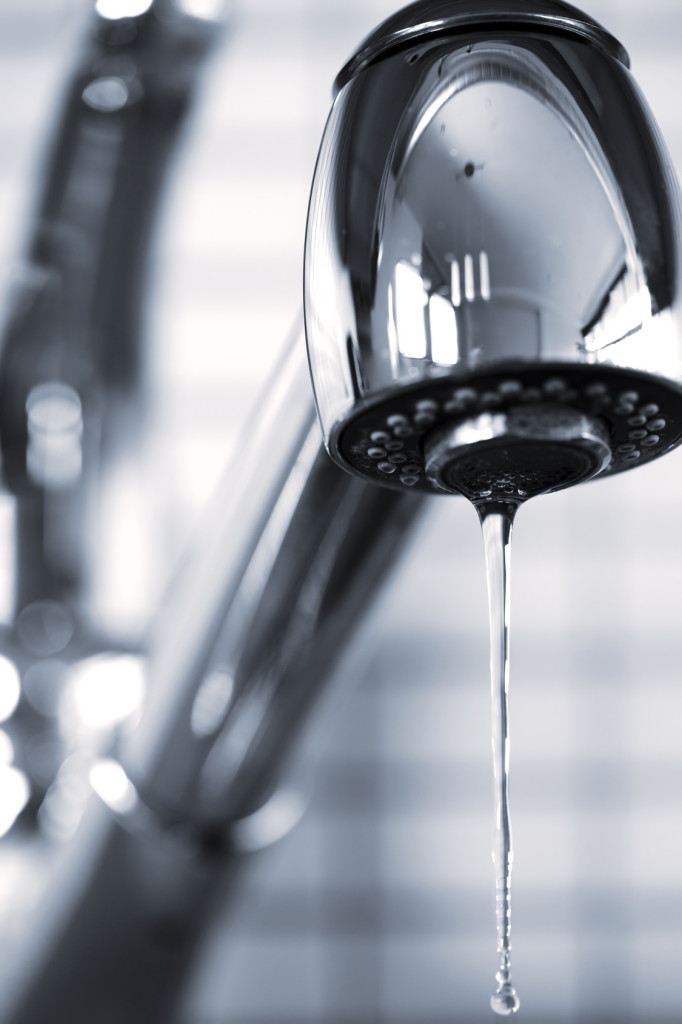 A dripping faucet is more than a nuisance. Many people notice the sound at night, when the steady sound comes through like water torture.
A dripping faucet is more than a nuisance. Many people notice the sound at night, when the steady sound comes through like water torture.
In drought areas, wasted water represents moisture needed by people, crops, gardens and animals. In any location, the drip costs you money and can lead to unpleasant consequences.
